PAID CLASS Relational Neuroscience 101: YES Brain and Mindmaps
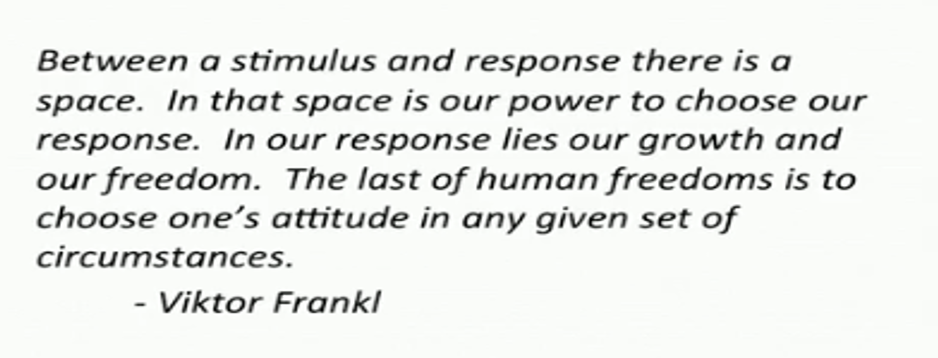
Heidi will email you the video recording!
Crockett reviews 1. The definition of mind 2. The definition of integration 3. The progressive nature of the 9 Domains of Integration 4. What part of the brain manages internal and external input and what you can do to strenthen it. 5. Dr. Dan Siegel’s teaching on 5 Core Drives and how our relationship with these drives impacts our level of integration. 6. The definition of our default mode network, how we all have one, why it is important to know what it is and what you can do to help rewire it. 7. What styles of teaching cause the brain to retain more information 8. The definition of mindfulness 9. What kinds of mindfulness are most effective in increasing integration and improving health 10. The appropriate place of stress, (discussion on our “optimal arousal zone” and how to widen our window of tolerance for moods and states, hypo/hyperarousal states, a dysregulated nervous system, and the difference between the sympathetic and parasympathetic systems).
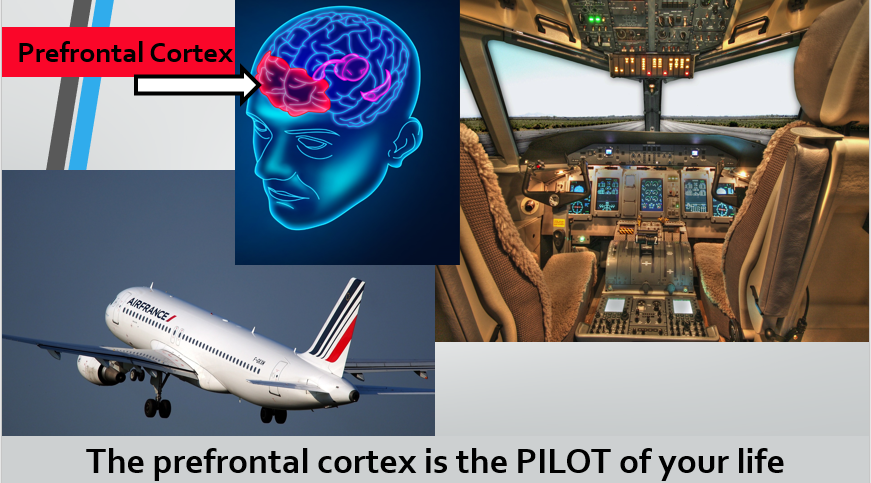
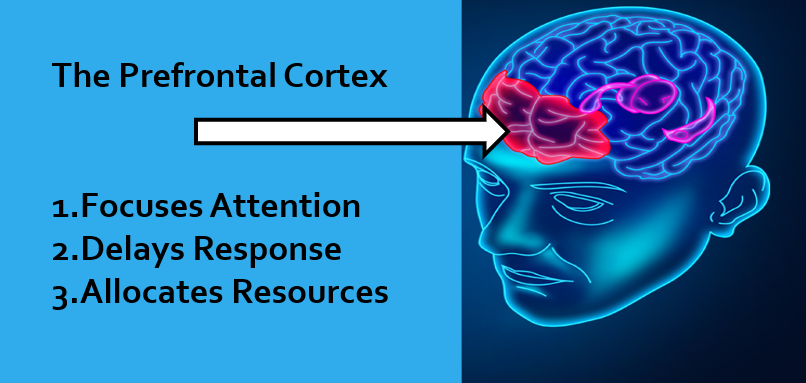
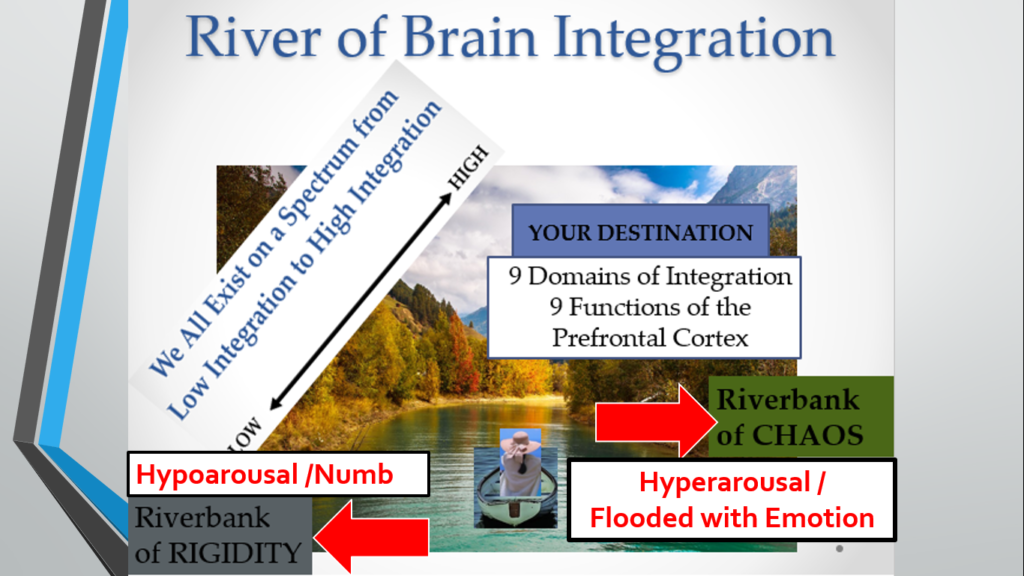
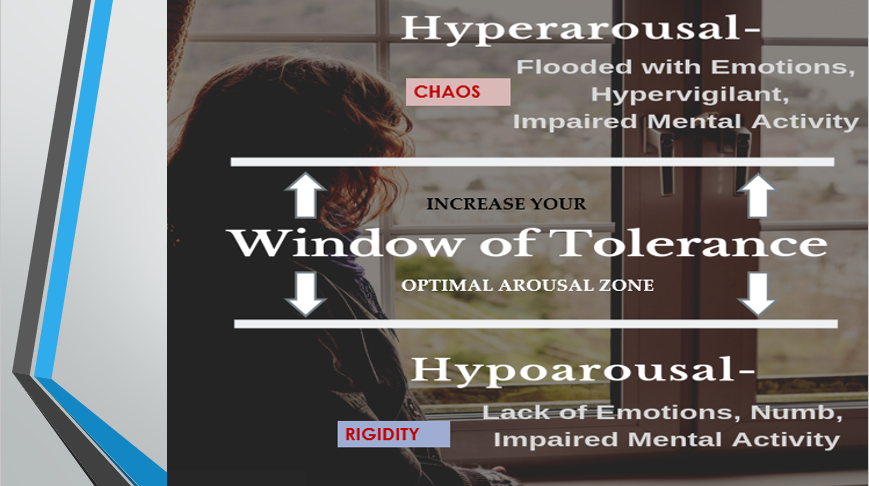

Comments